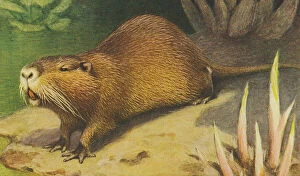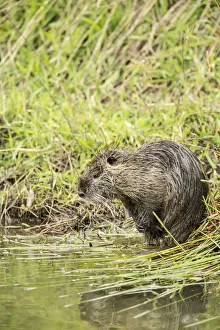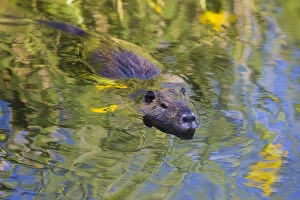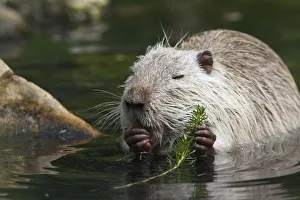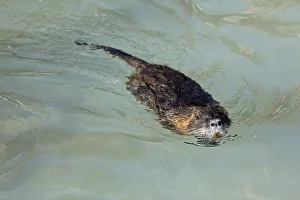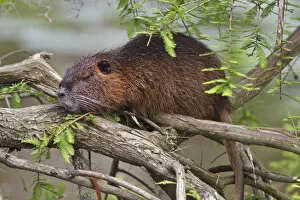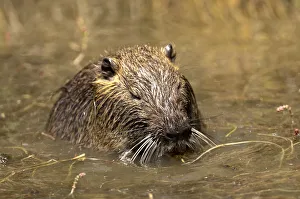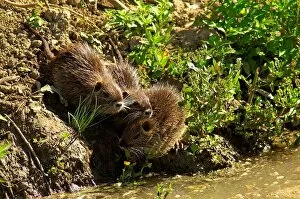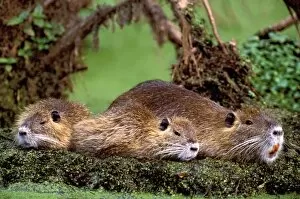Myocastor Coypus Collection
The Myocastor coypus, commonly known as the Coypu or Nutria
All Professionally Made to Order for Quick Shipping
The Myocastor coypus, commonly known as the Coypu or Nutria, is a fascinating creature that has captured the attention of photographers and wildlife enthusiasts worldwide. Dating back to 1900, a colour lithograph showcases the beauty of this species in all its glory. In April 1925, two Coypus were spotted resting among rocks in their enclosure at London Zoo. The black and white photograph captures their tranquility and gracefulness within this urban oasis. From Europe to the United States, these creatures have made themselves at home in various habitats. In Grosseto, Tuscany, Italy, a Nutria was photographed against a picturesque backdrop - showcasing the harmonious relationship between nature and civilization. Venturing across continents to Ridgefield National Wildlife Refuge in Washington State, USA; we witness these agile animals scratching and swimming with ease. Their adaptability shines through as they navigate their surroundings effortlessly. April 2009 brought us to Camargue, France where a Coypu gracefully swam through serene waters. Its sleek movements leave us mesmerized by its elegance. Even in east Texas' bald cypress branches lies an adult Nutria sunning itself - basking in the warmth of nature's embrace. This image reminds us of the importance of preserving natural habitats for these remarkable creatures. Wiesbaden, Hesse in Germany presents another glimpse into their world as we observe them floating on water or exploring their surroundings with curiosity and determination. Whether it be swimming or scratching amidst reeds or rocks; whether it be sunning themselves or gracefully gliding through calm waters – each photograph tells a unique story about this captivating species: Myocastor coypus – truly an embodiment of resilience and adaptability within our diverse ecosystems.

